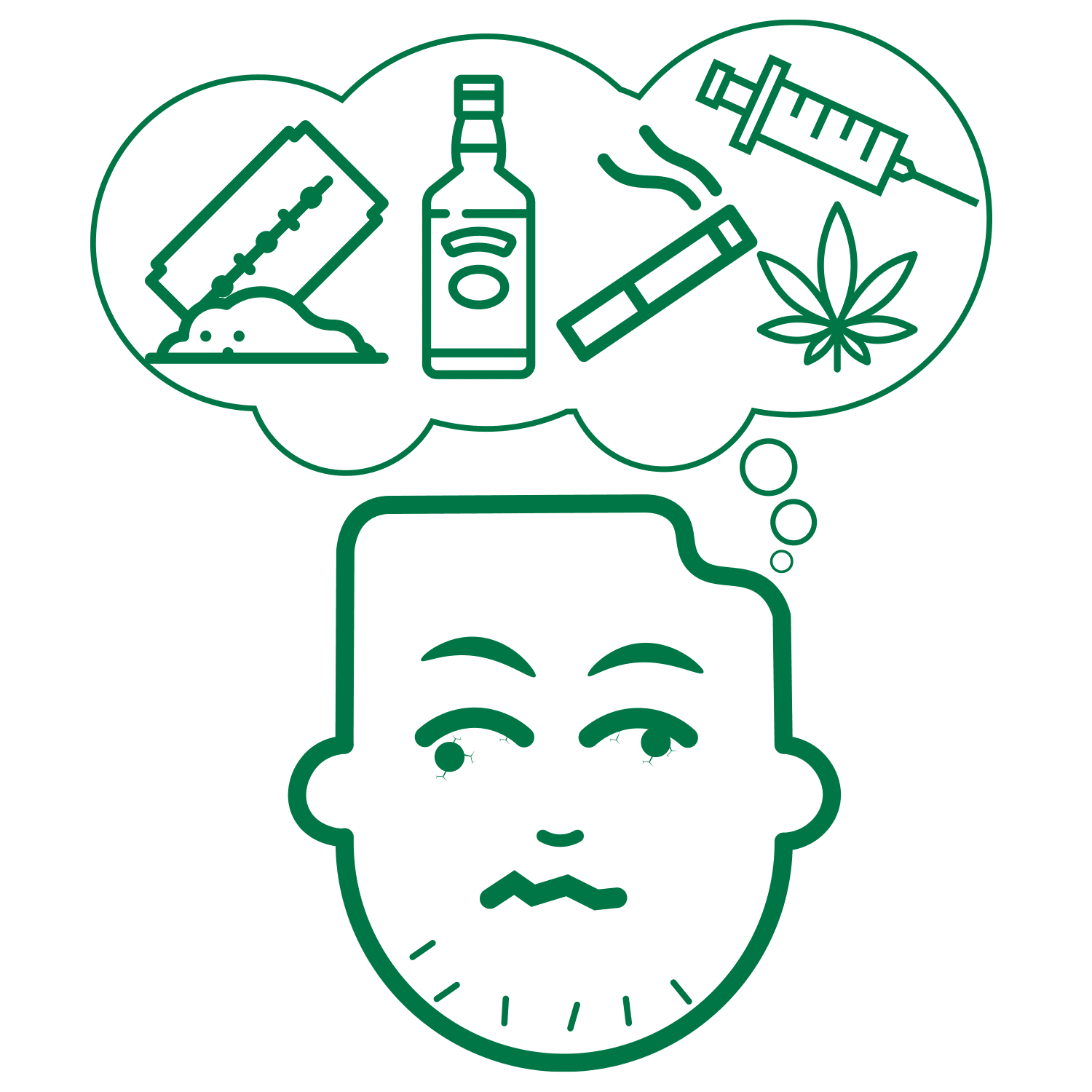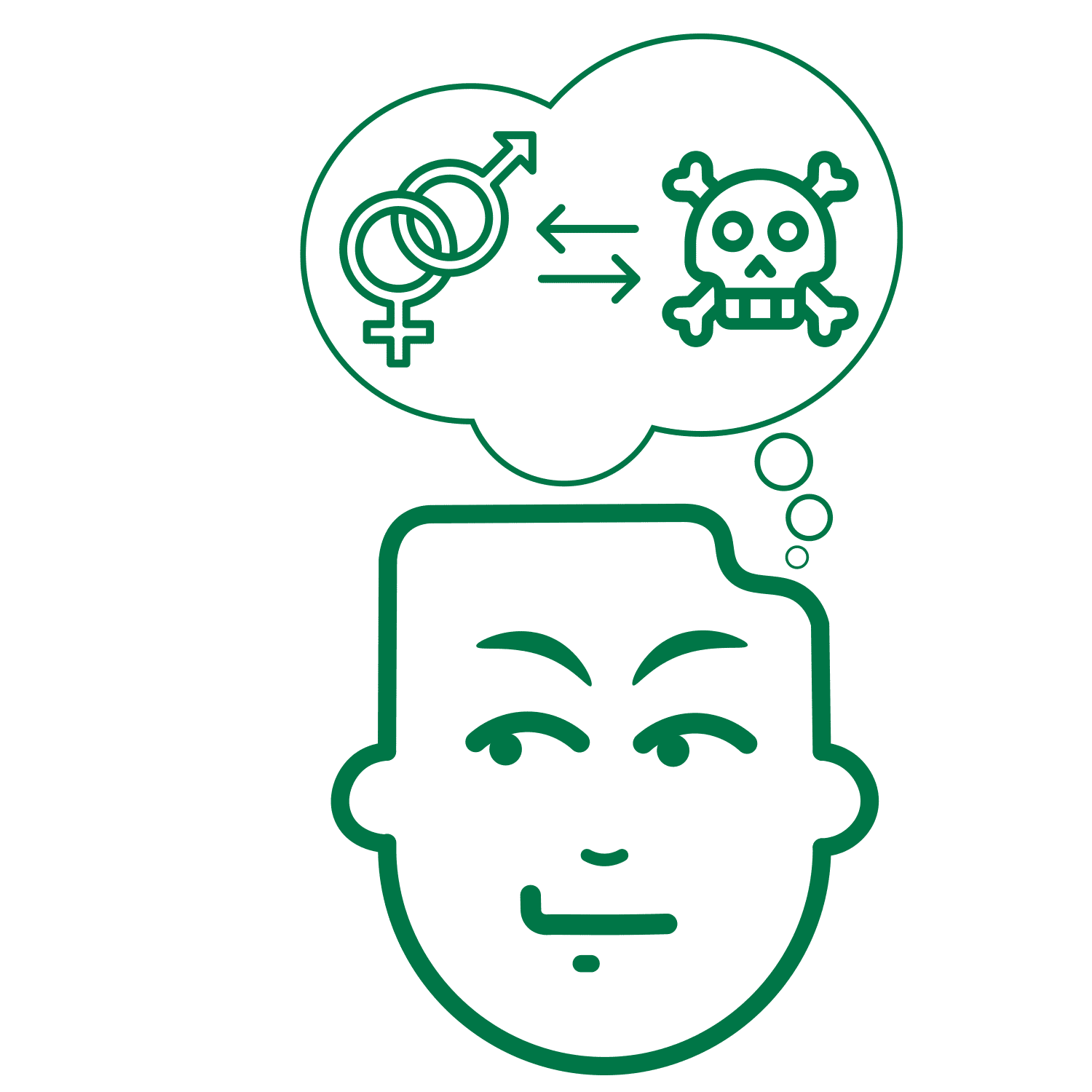what is Alcohol-related disorder?
Alcohol is a potent substance that leads to acute and chronic changes in almost all neurochemical systems. The effective ingredient in all alcoholic beverages is ethyl alcohol or ethanol, and alcoholic beverages with a higher ethanol content are more effective.
Side effects of alcohol consumption
- Alcohol abuse can lead to severe psychological symptoms including depression, anxiety and psychosis.
- Excessive and long-term consumption of alcohol causes severe somatic tolerance, the cessation of which causes alcohol withdrawal syndrome, which is accompanied by insomnia, anxiety and tremors.
- Alcohol consumption is associated with serious gastrointestinal complications such as inflammation of the esophagus and stomach and gastric ulcer.
- One of the side effects of heavy alcohol consumption is varicose veins of the esophagus. Rupture of the esophageal varices is a medical emergency and can cause death.
- It causes high blood pressure, cholesterol and triglycerides and increases the risk of heart attack.
- Alcohol increases the risk of all types of cancers including head and neck cancer, esophageal cancer, gastric cancer, liver cancer, colon and lung cancers.
- It increases the risk of tuberculosis due to weakening of the immune system.
- Alcohol consumption increases the risk of HIV infection by increment of high-risk sexual behaviors.
- A complication related to the quality of alcohol consumption is the presence of methanol impurities in it, which can lead to serious side effects including blindness, kidney failure and death.
- One of the most serious side effects of alcohol consumption is on the kidney.
- The risk of suffering from heart disease and alcohol consumption are directly related, so those who abstain from alcohol show the lowest level of risk.
- Alcohol consumption increases the risks of car accidents, intentional and unintentional injuries.
Epidemiology
- Alcohol consumption is higher in white people.
- Excessive alcohol consumption is more common in men.
- Extreme alcohol consumption is not related to population density.
- Excessive consumption is similar at different levels of education.
- Alcohol-related disorders can be seen in all socio-economic classes.
Symptoms of alcohol poisoning
- Fragmented speech
- Dizziness
- Coordination disorder
- Instability in walking
- Attention or memory impairment
- Astonishment, shock or a coma
- Binocular disorder

ALCOHOL ADDICTION

ALCOHOL ADDICTION
what is Alcohol-related disorder?
Alcohol is a potent substance that leads to acute and chronic changes in almost all neurochemical systems. The effective ingredient in all alcoholic beverages is ethyl alcohol or ethanol, and alcoholic beverages with a higher ethanol content are more effective.
Side effects of alcohol consumption
- Alcohol abuse can lead to severe psychological symptoms including depression, anxiety and psychosis.
- Excessive and long-term consumption of alcohol causes severe somatic tolerance, the cessation of which causes alcohol withdrawal syndrome, which is accompanied by insomnia, anxiety and tremors.
- Alcohol consumption is associated with serious gastrointestinal complications such as inflammation of the esophagus and stomach and gastric ulcer.
- One of the side effects of heavy alcohol consumption is varicose veins of the esophagus. Rupture of the esophageal varices is a medical emergency and can cause death.
- It causes high blood pressure, cholesterol and triglycerides and increases the risk of heart attack.
- Alcohol increases the risk of all types of cancers including head and neck cancer, esophageal cancer, gastric cancer, liver cancer, colon and lung cancers.
- It increases the risk of tuberculosis due to weakening of the immune system.
- Alcohol consumption increases the risk of HIV infection by increment of high-risk sexual behaviors.
- A complication related to the quality of alcohol consumption is the presence of methanol impurities in it, which can lead to serious side effects including blindness, kidney failure and death.
- One of the most serious side effects of alcohol consumption is on the kidney.
- The risk of suffering from heart disease and alcohol consumption are directly related, so those who abstain from alcohol show the lowest level of risk.
- Alcohol consumption increases the risks of car accidents, intentional and unintentional injuries.
Epidemiology
- Alcohol consumption is higher in white people.
- Excessive alcohol consumption is more common in men.
- Extreme alcohol consumption is not related to population density.
- Excessive consumption is similar at different levels of education.
- Alcohol-related disorders can be seen in all socio-economic classes.
Symptoms of alcohol poisoning
- Fragmented speech
- Dizziness
- Coordination disorder
- Instability in walking
- Attention or memory impairment
- Astonishment, shock or a coma
- Binocular disorder

DRUGS AND SUBSTANCE ADDICTION
OVERVIEW
Is the sweet period of substance use over? Have you reached the second half of the game? Have the side effects of substance use outweighed its benefits? Are you tired of using drugs? Have you faced failure several times while trying to defeat substance use issues? Are you, like me, sick and tired of clichéd sentences such as “You have to want it” and “Quitting drugs requires enthusiasm and zeal”? Have you encountered the compulsive part of substance use where you are willing to quit it but you still keep using them? Do you consider addiction as a disease instead of a personal choice? Are you sure that you are an addict and you need professional help? Are you determined to change?
So you are Dr. Afshari’s client. With nearly two decades of specialized work in the field of addiction treatment and prevention, Dr. Afshari is completely familiar with the mazes of this long difficult route. The treatment path is like a snakes and ladders game. Patience, following the rules of the game, high failure tolerance are the necessary characteristics for the therapist and the client.
Who is addicted?
The scientific definition of addiction is described in the following. Practically, in the early stages of substance use, a person voluntarily consumes drugs, but after a while substance use will become mandatory, and the consumer fails to control oneself despite the willingness to quit, and continues to use. Therefore, losing control can be a sign of addiction. Or the addicted individual prioritizes drug and substance use, and puts aside other important people and activities to continue the consumption of substances.
*Scientific diagnostic criteria for addiction
Incompatible substance consumption that has resulted in a specific injury or harassment that is characterized by two or more of the following criteria and has occurred within 12 months.
- Frequent use of a substance leading to an inability to perform important activities at work, school, or home. Frequent absences or poor job performance related to substance use, for instance. Suspension or expulsion from school due to substance use issues or neglecting children or household chores.
- Frequent use of the substance and drugs in situations that are physically dangerous, including driving a car or working with the device while being influenced by the substance.
- Continue using drugs in spite of interpersonal or social problems regarding substance use, such as arguing with your spouse about the side effects of substance use and physical conflicts.
- Endurance, which can be determined by the following two factors:
- You feel the urge to consume more substances to get intoxicated and stoned and have the desirable effects.
- By consuming the same previous amounts of substance, their effectiveness is reduced.
- Withdrawal symptoms that are characterized by the following two cases:
- Specific withdrawal symptoms for the substance.
- Use the same or similar substances to eliminate withdrawal symptoms.
- More amount or a longer time than the individual desired is used.
- Frequent efforts to control substance use or withdrawal.
- A lot of time is spent on the required activities to obtain the substance, its consumption or eliminate its effects.
- Important social, occupational, or recreational activities have been reduced or eliminated due to substance use.
- Substance use continues despite persistent or recurring somatic problems which we are aware that can result from substance use or be exacerbated by it.
- Craving or intense desire or compulsion to use the substance.
According to the DSM-5 diagnostic criteria and depending on the number of criteria observed, substance use and addictive disorder is classified into three categories: mild (have 2 or 3 criteria), moderate (have 4 or 5 criteria) and intense (have 6 or more criteria).
Types of addiction treatment
Addiction treatment occurs in three general methods. The first method is a clean treatment in which the person has withdrawn and is never going to use substance again. This is the favorite method for consumers, families and politicians. However, the only problem is that there are many recurrences. The second method is maintenance therapy, in which the person withdraws the high-risk substance but uses a lower-risk substance instead. For example, he quits heroin and smack and uses methadone instead. This method is mostly popular among therapists. Since it is associated with much less recurrence than the first method. The third method of addiction treatment is damage reduction technique, in which the individual uses a high-risk substance but in a way that creates less risk. For example, he injects heroin, but with a syringe or hygienic needle to prevent complications such as AIDS and hepatitis. This treatment method is the favorite method of all among health system personnel.
Steps of addiction treatment in a clean way
The first stage is detoxification which leads to the removal of substance from the body. This step is possible without the requirement for help or medical services.
The second stage, which is considered to be the most important one, is called relapse prevention. At this stage, the individual has to overcome the temptation to use drugs and stop using other drugs. It should be noted that in case of consumption or temptation, the necessary actions have to be taken quickly in order to not face recurrence. Psychotherapy plays a crucial role at this stage. Motivational interviews together with cognitive and behavioral psychotherapy have yielded valuable results. Germany has also reported a 70% success rate in this regard.
Tobacco-Related Disorders (Cigarette consumption disorder)
Smoke addictive substance: Nicotine
- The psychoactive component of tobacco is an alkaloid material called nicotine, which affects the central nervous system and nicotine receptors.
- Almost 25 percent of the nicotine inhaled during smoking enters the bloodstream, through which nicotine reaches the brain.
- The half-life of nicotine is estimated to be 2 hours.
- Nicotine produces its positive reinforcing and boosting effects by releasing the dopamine into the reward system.
- Nicotine also causes an increase in the concentrations of norepinephrine and epinephrine in blood and an increase in the release of β-endorphin, vasopressin, adrenocorticotropic hormone, and cortisol, through which exerts its stimulant effects.
*Adverse effects of smoking
- Smoking tobacco is one of the major leading causes of preventable death in the world.
- Tobacco contains 600 chemicals that produce more than 7,000 different chemicals when burned. It is estimated that at least 69 of these chemicals are carcinogenic.
- Smoking increases and amplifies the risk of heart attack and vascular disease.
- Chronic obstructive pulmonary disease including emphysema and chronic bronchitis.
- Smoking tobacco leads to an increase in the risk of various cancers:
- Lung cancer, bronchial cancer, throat cancer, larynx cancer, tongue cancer, tonsil cancer, blood cancer, esophageal cancer, gastric cancer, colon and anal cancer, liver cancer, kidney and ureter cancer, bladder cancer and pancreas cancer.
- Information about the physical side effects of smoking slightly smokeless tobacco.
- The most important widely known side effects of chewing tobacco are creation of mucosal fibrosis and oral mucosal cancer in consumers.
- Evidence indicates that chewing tobacco also leads to increment in the risk of heart attack and stroke.* Electronic cigarettes (E-cigarettes)
- Electronic evaporators are available in the form of cigarettes, cigars, hookahs and electronic pipes.
- In general, they are known as electronic nicotine delivery systems or ENDS.
- E-cigarettes have been introduced to the market as a less dangerous alternative by tobacco manufacturers.
- It should be mentioned that the use of e-cigarettes as a health product has not been approved by any organization and its use is not recommended by the health system.
- Well-known side effects of e-cigarettes include:
- Low accuracy in delivering a constant dose of nicotine
- Transfer of high doses of nicotine leads to increment in the risk of more severe dependence and potentially nicotine poisoning.
- Increased risk for premature birth and low birth weight in pregnancy.
- Cognitive deficits and problems and defects in the natural development of the brain in adolescence.
- The electronic fluids applied in these products are highly toxic, and subsequently poisoning by accidental oral consumption in adults and death in children has been reported.
- A few studies suggest that e-cigarette vapors can also result in environmental pollution, and exposure to second-hand vapor of e-cigarettes may pose a health risk to others.
- Some early studies have shown the presence of carcinogens such as formaldehyde in the vapors of these products.
- A number of early studies have demonstrated the presence of carcinogens substances such as formaldehyde in the vapors of these products.
* Advantages of smoking withdrawal
- For all ages
- For all people with or without smoking-related diseases
- Smoking withdrawal reduces the risk of the cancers
- An individual’s risk of developing oral cancer, throat cancer, esophageal cancer and bladder cancer will be halved in over a 5-year period.
Cannabis use disorder
- The most widespread used illegal substance in the world.
- Cannabis products (cannabis sativa) are made from a plant called cannabis.
- The female plant contains higher levels of more than 60 cannabinoids.
- Its main effective ingredient is tetrahydrocannabinol.
*Cannabis effects
- The euphoric effects of cannabis start after a few minutes of smoking, reach a maximum after 30 minutes and last for 2-4 hours.
- Some cognitive and motor effects of cannabis may persist for 5 to 12 hours.
- If an individual wishes to take it orally so as to achieve similar blood levels as smoking, the amount of cannabis used should be 2-3 times more.
- A set of factors affect the psychoactive properties of cannabis on the consumer.
- Percentage of effective ingredient in cannabis, method of consumption(use), smoking technique, effect of heat on cannabinoid content, dosage, situation of use, previous experiences with cannabinoids, expectations of consumption and bio-vulnerability to the effects of cannabinoids.
*Side effects of cannabis use
- Cannabis usage manages to increase the risk of developing psychosis in its consumers.
- This complication is especially high if cannabis was used in adolescence or in those with a family history of psychotic disorders.
- Major cannabis consumers are at higher risk for respiratory diseases and lung cancer.
- Driving under the influence of cannabis can increase the risk of car accidents.
- One of the controversial side effects of cannabis consumption is apathy syndrome, which is characterized by decreased follow-up and goal-oriented activities.
- A few studies have demonstrated the effect of cannabis on cerebral atrophy, including decreased seizure threshold, decreased testosterone in men and menstrual irregularities in women.
- Cannabis consumption which is composed of toking deeply, especially when the cigarette reaches its end, causes a large amount of tar to enter the lungs.
Stimulants dependence disorder
*Cocaine
- It is made from a native plant in South America called “Erythroxylum coca”.
- Pure cocaine was first extracted in 1855 and used in medicine in 1880 as a local anesthesia.
- Cocaine-containing solutions are still used in eye, nose and throat surgeries.
*Stimulants
- As a general class of substances, amphetamines are classified into invigorating, sympathomimetic, stimulant, and psychostimulant substances.
- All amphetamines benefit from rapid oral absorption and a rapid onset of action.
- Amphetamines are also water-soluble and have immediate effects when injected.
*Ecstasy pills
- 3,4 Methylenedioxymethamphetamine (MDMA), or “ecstasy,” is a substance with stimulant properties that is available orally in the illegal drug market of our country.
- Due to its serotonergic properties, this substance has hallucinogenic properties and is classified in the DSM classification in the group of hallucinogenic substances.
*Party substances
- Ecstasy pills and a group of substances such as LSD, gamma-hydroxybutyrate, ketamine, methamphetamine and flunitrazepam tablets are also called party substances.
- What they have in common is that they are consumed in nightclubs and parties.
*Causes of stimulant use
- In addition to achieving euphoria and happiness, amphetamine stimulants and cocaine are abused for other reasons, including:
- Strengthening cognitive skills in students
- Weight loss, especially in young women
- Improvement and boost job performance for employed people
- Staying awake for a long time in road drivers
- Increased sexual pleasure
- Enhanced energy and win competitions for athletes
- Increment recklessness and reduce fatigue in soldiers in war
*Side effects of stimulant consumption
- The most important somatic effects of amphetamine-like stimulants are cerebrovascular, cardiovascular, and gastrointestinal effects.
- Some life-threatening side effects of stimulant consumption is as followed:
- Acute blood pressure, heart attack, stroke and intestinal ischemia.
- International studies have demonstrated that those who take amphetamine stimulants are 2-3 times more likely to develop sexually transmitted infections, including chlamydia, syphilis, gonorrhea and HIV.
- Substance consumption is high among prostitutes, and these female consumers are vulnerable to sexually transmitted infections due to exposure to a variety of risk factors related to sexual behavior.
- Subsequent anorexia due to the consumption of stimulants together with poor eating habits and increased basal metabolism leads to weight loss and body tissue breakdown.
- Exacerbation of tooth decay and inflammatory gum diseases are other somatic side effects of stimulants called oral methamphetamine.
- Induction of insanity or psychosis
- The most common delusions arising from methamphetamine-induced psychosis are stinging and harm delusions, and auditory and visual hallucinations come in the next degree.
- Delusions of infidelity to a spouse or partner are common among stimulant consumers and can lead to restrictive or violent behaviors.
- Impulsivity increases the risk of violent acts against oneself (self-harm, suicide) and others (aggression, kill).
- Targeted and blind attacks of anger, breaking home appliances, beating others, street fights and self-harm during anger are common.
- Unfortunately, there are a number of people that cause serious harm to others, domestic violence, child abuse and murder.
what is food addiction?
Food addiction refers to a type of uncontrolled and extreme eating that usually occurs in response to negative emotions such as stress, anger and sadness. This type of addiction is actually an obsessive behavior in which a person feels compelled to eat and becomes addicted to specific types of food that are mostly unhealthy.
Signs of food addiction
- Have an obsessive craving for food
- Excessive effort to obtain and consume food
- Frequent compulsive eating behavior
- Repeated attempts to stop overeating and experience subsequent recurrence periods
- Loss of control over when, where, and how much to eat.
- Suffering from family, social and financial consequences due to morbid consumption of food
- consume food for emotional discharge
- Consume food to the extent that the person feels discomfort and pain
- Consume food so as to avoid paying attention to other issues
Food addiction can also lead to some somatic symptoms, including:
- Go on a very strict diets
- Do extreme sports
- Self-willed vomiting
Related foods in food addiction
- Foods that are high in sugar, fat and saturated fat than other foods
- Chips
- Fries
- Candy
- Chocolate
- Biscuits
- White bread
- Spaghetti
- All types of ice cream

FOOD ADDICTION

FOOD ADDICTION
what is food addiction?
Food addiction refers to a type of uncontrolled and extreme eating that usually occurs in response to negative emotions such as stress, anger and sadness. This type of addiction is actually an obsessive behavior in which a person feels compelled to eat and becomes addicted to specific types of food that are mostly unhealthy.
Signs of food addiction
- Have an obsessive craving for food
- Excessive effort to obtain and consume food
- Frequent compulsive eating behavior
- Repeated attempts to stop overeating and experience subsequent recurrence periods
- Loss of control over when, where, and how much to eat.
- Suffering from family, social and financial consequences due to morbid consumption of food
- consume food for emotional discharge
- Consume food to the extent that the person feels discomfort and pain
- Consume food so as to avoid paying attention to other issues
Food addiction can also lead to some somatic symptoms, including:
- Go on a very strict diets
- Do extreme sports
- Self-willed vomiting
Related foods in food addiction
- Foods that are high in sugar, fat and saturated fat than other foods
- Chips
- Fries
- Candy
- Chocolate
- Biscuits
- White bread
- Spaghetti
- All types of ice cream

SOCIAL MEDIA ADDICTION
what is social network addiction disorder?
Social networks addiction is one of the forms of Internet addiction in which the individuals are not able to control and stop using their smart device. As a result, they are constantly either sending messages or are online under any circumstances.
Signs of social media addiction
- Grouch and anxiety, especially when the person does not have access to the Internet.
- Constant checking is the first thing these people do after waking up in the morning or after work and when they get home, or keep checking their emails, tweets and other messages several times a day or even several times an hour.
- Having obsessive thoughts about using social networks (for example, constantly think obsessively about social networks when they do not use the Internet).
What leads to social network addiction?
- An entertainment, which can take hours for a number of people.
- To achieve social approval, those who fail to communicate well try to present a new image of themselves in the virtual world (where their real face is not seen) and gain the approval of others with this image.
- Escape from problems
- Unmet social needs
- Extroversion, extroverts are more likely to be involved in these social networks due to the need for constant communication with others. Because they are looking to expand the circle of their friends and acquaintances.
what is Pornography Addiction?
Pornography addiction is a dangerous behavioral addiction with severe consequences, just like drug addiction. Unfortunately, pornography addiction is also common among married people and threatens the foundation of the family. Disregarding pornography addiction can result in more complex problems including premature ejaculation, erection problems, extramarital affairs and other sexual perversions.
Signs of Pornography Addiction
- The individual tends to quit this behavior or has not been successful despite the effort to treat and quit it.
- The person is not capable of controlling one’s addictive behavior, which is pornography, and loses control of its duration and time.
- A person spends a sizeable amount of time, money and energy finding and watching pornography, leads to disruption of other relationships and work.
- In spite of the harm that this behavior has done to the person, it still continues.
Reasons for pornography addiction
- The addictive feature of pornography: pornography can bring a variety of sexual relationships, attractive and diverse people, and pleasurable sexual behaviors to the mind in a short period of time that the brain imagine that it has access to all of these multiple pleasurable sexual acts that are not available in real sexual relationship.
- Low self-esteem and undesirable feeling of individuals to themselves that can be compensated by watching pornography and imagining oneself in the position of these films.
- One’s escape from negative emotions that control external stresses and mental pressures by watching these movies.

PORNOGRAPHY ADDICTION

PORNOGRAPHY ADDICTION
what is Pornography Addiction?
Pornography addiction is a dangerous behavioral addiction with severe consequences, just like drug addiction. Unfortunately, pornography addiction is also common among married people and threatens the foundation of the family. Disregarding pornography addiction can result in more complex problems including premature ejaculation, erection problems, extramarital affairs and other sexual perversions.
Signs of Pornography Addiction
- The individual tends to quit this behavior or has not been successful despite the effort to treat and quit it.
- The person is not capable of controlling one’s addictive behavior, which is pornography, and loses control of its duration and time.
- A person spends a sizeable amount of time, money and energy finding and watching pornography, leads to disruption of other relationships and work.
- In spite of the harm that this behavior has done to the person, it still continues.
Reasons for pornography addiction
- The addictive feature of pornography: pornography can bring a variety of sexual relationships, attractive and diverse people, and pleasurable sexual behaviors to the mind in a short period of time that the brain imagine that it has access to all of these multiple pleasurable sexual acts that are not available in real sexual relationship.
- Low self-esteem and undesirable feeling of individuals to themselves that can be compensated by watching pornography and imagining oneself in the position of these films.
- One’s escape from negative emotions that control external stresses and mental pressures by watching these movies.

SEX ADDICTION
what is SEX ADDICTION?
The concept of sex addiction refers to persons who obsessively look for sexual experiences and their behavior becomes impaired if they fail to gratify their sexual needs. All their lives, activities and behaviors are focused on seeking sex, they spend a sizeable amount of time on such behaviors and often try to stop this behavior but fail to do so.
Signs of sexual addiction
- Out of control behavior
- Adverse and severe legal, medical, and interpersonal consequences of sexual behavior
- Constantly seeking for high-risk sexual behavior or self-destructive behaviors
- Frequent efforts to stop sexual behavior
- Obsessive-compulsive disorder and sexual fantasies as a primary tolerance mechanism
- Requirement for an increasing rate of sexual activity
- Severe mood swings associated with sexual activity (depression, happiness)
- Spending an unusual amount of time to attain sex, be lustful or get rid of sexual experience
- Interference of sexual behavior with social, occupational, or recreational activities
BOOK YOUR SESSION.
For other questions & inquiries
info@raminafshari.ca
To book your VIRTUAL SESSION with the doctor, kindly select a session time and your preferred treatment using the form below.
Once your preferred time is selected, your personal information is submitted, and receipt of your payment is collected, a member of our team will follow up with confirmation of your session and further details.